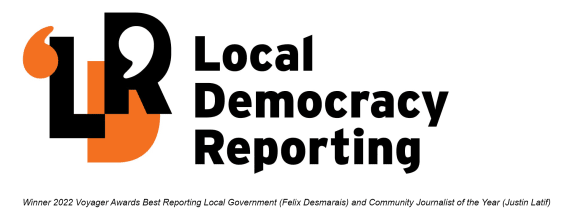
Masterton Trust Lands Trust Photo: LDR/Wairarapa Times-Age
More than half of the warehouses examined in a new study are designed poorly and pose a threat to people.
The national study was triggered by the discovery of several newly designed earthquake-risk buildings in Masterton.
Eight years ago, the recently constructed Masterton buildings - owned by Masterton Trust Lands Trust and designed by Kevin O'Connor and Associates Limited - were found to have structural issues.
Court action commenced later that year, and during 2017 and 2018.
After a lengthy legal battle, Masterton District Council and the Trust reached multiple out-of-court settlements in 2021 regarding buildings the council signed off on.
The discovery of the buildings sparked an Engineering NZ study of 20 warehouses around the country, selected at random, which revealed deficiencies in how the buildings were designed, and showed the design quality issues observed in the Masterton cases are widespread.
"Our review found design engineers had incorrectly designed or omitted critical details from warehouse designs," Engineering NZ found.
"This included insufficiently providing for external loading or poor detailing in design.
"The deficiencies could mean concrete panels - typically found on the external walls - become dislodged during an earthquake, presenting a potential risk to life safety."
The study found 45 percent of panels were poorly restrained from falling inwards or outwards.

Also, 45 percent had concrete panels that were poorly anchored at the base.
This was found "frequently", despite concerns raised about such anchors after the Canterbury quakes of 2010-11.
Engineering NZ said the study was intended to help engineers learn from commonly observed issues.
It contains illustrated examples of poor designs and illustrates principles engineers should consider in their designs.
Engineering NZ said it will send the report to building system regulators.
The organisation noted engineering designs are not routinely audited for technical compliance with the Building Code after a building has been constructed, and that once designs have been consented and built, potential problems can be challenging and costly to resolve.
Although the Structural Engineering Society of New Zealand has been calling for technical audits of engineers' work since 2007, there is no systemwide process for reviews by building consent authorities, the Ministry of Business, Innovation and Employment, or industry.
Local Democracy Reporting is Public Interest Journalism funded through NZ On Air






